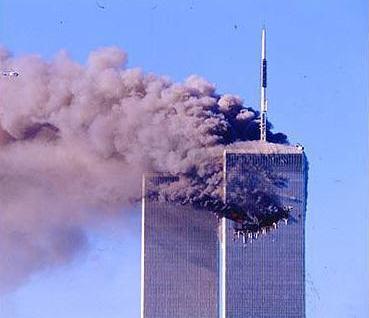
NEWSROOM
 |
NEWSROOM |
|
|
|
|
|||
|
By |
||||
 |
December 31, 2009 - Geneva - IATA urged the United States Department of Homeland Security (DHS) and its Transportation Security Administration (TSA) to partner with industry to identify the most effective and efficient ways to address the evolving security challenge in light of the foiled terrorist plot to down a Detroit-bound aircraft.
The International Air Transport Association (IATA) reiterated that the
security of passengers and employees is a top priority for the aviation
industry.
Bisignani noted the need for short-term temporary and extra-ordinary security measures until the immediate threat has abated. But he cautioned Secretary Napolitano that long-term solutions must include improved technology and effective risk assessment techniques. “The air transport system cannot support 100% pat-down searches over the long term.” |
|||
|
IATA is recommending a smaller percentage of intensive pat downs
accompanied by technologies or proportionate screening procedures as a
means to achieve near-term security requirements with reduced delays.
While security is a government responsibility, it is a shared priority
with industry. Bisignani urged DHS to allow the current short-term
measures to be urgently followed-up by a comprehensive DHS/industry
review of security systems to address existing and evolving security
threats.
The failed
Numbers illustrate the scale of the challenge. In the 12 months to
September 2009, air transport connected 2.2 billion passengers safely
and securely. This includes 820 million international travelers of which
140 million were international travelers on US routes. Another component
is the |
||||
|
As governments, with industry, review security in the days and weeks
ahead, Bisignani urged a long-term re-think of the security model.
“Instead of looking for bad things—nail clippers and rogue bottles of
shampoo—security systems need to focus on finding bad people. Adding new
hardware to an old system will not deliver the results we need. It is
time for governments to invest in a process built around a check point
of the future that combines the best of screening technology with the
best of intelligence gathering. Such a system would give screeners
access to important passenger data to make effective risk assessments.
The data is being collected. The technology exists. Industry is
supportive. Now ICAO and governments must work together to make such a
process a reality with global harmonization and data-sharing,” said
Bisignani.
Flight 253 Incident Calls for Increased Vigilance. Capt. John Prater,
president of the Air Line Pilots Association, Int’l (ALPA), stated
“The crew of Northwest
Airlines Flight 253 (December 25, 2009) performed their jobs flawlessly
during the recent security incident, making this flight one of thousands
across the country to arrive safely at its destination that day. A
well-trained professional flight crew remains the last line of defense
in keeping the nation’s airlines safe.
“While an extraordinary level of safety and security exists in our
nation’s air transportation system today, we must continue to scrutinize
all aspects of aviation security. Working with government, industry, and
airline operators, ALPA will thoroughly evaluate the series of events
that led to this in-flight security incident and identify areas where
the system can be improved.
“The Department of Homeland Security and the Transportation Security
Administration have sought ALPA’s views on a broad range of security
issues, including this most recent event. While ALPA respects the work
and commitment of the current TSA leadership, we call for the rapid
confirmation of Erroll Southers as TSA Administrator as an important
step in providing security for the traveling public. “For decades, ALPA has advocated for a threat-based aviation security system that directs resources toward the greatest risk. We are continuing to work with the federal government agencies, Congress, and the airlines to ensure that our nation’s aviation security moves away from a one-size-fits-all approach to a threat-based system that focuses on intent rather than objects.” Each year airlines and their passengers invest US$5.9 billion in security measures. |
| ©AvStop Online Magazine Contact Us Return To News |
|